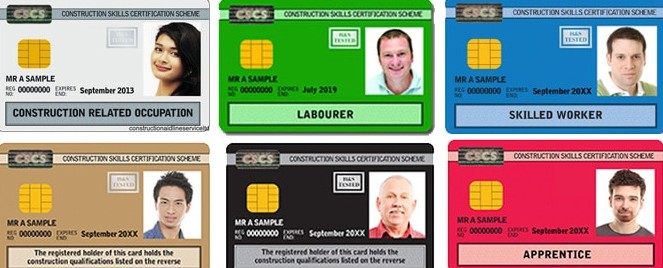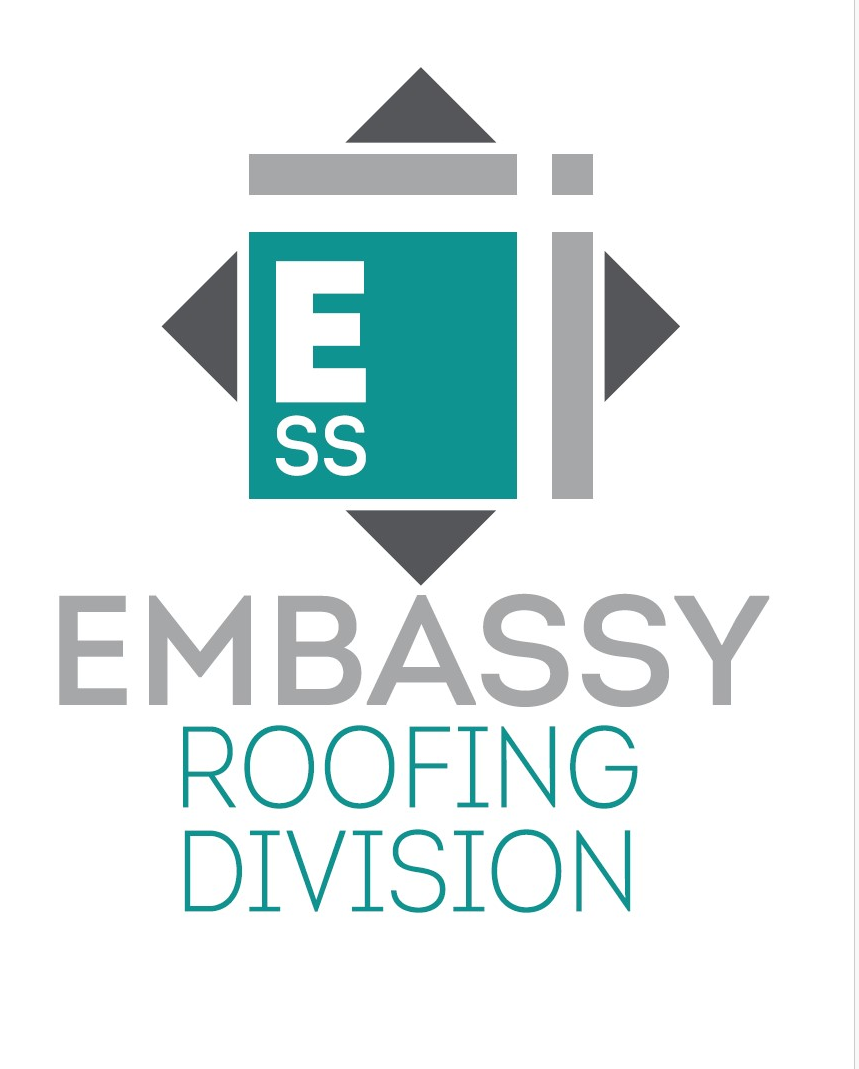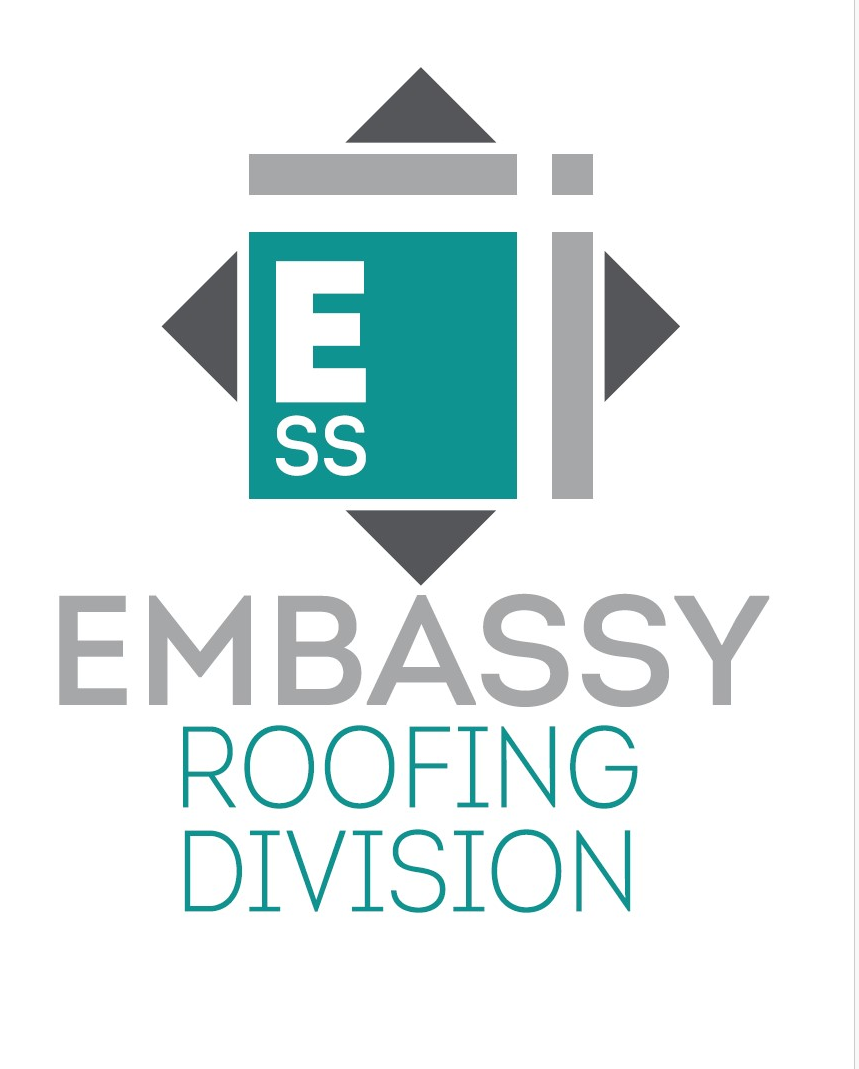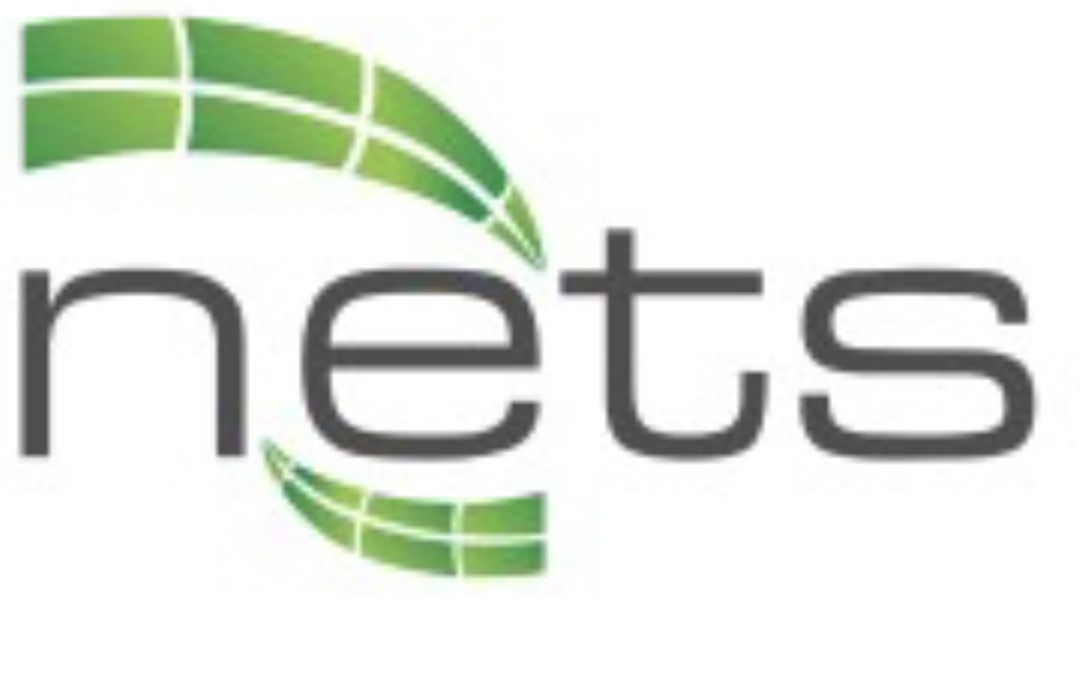Title Page
-
Site conducted
-
Location
-
Date
-
CSCS/CISRS Skill Set
- Advanced Scaffolder
- Part 2 Scaffolder
- Part 1 Trainee Scaffolder
- CSCS COTS Scaffolding Labour
- CSCS Labour
- CSCS Gold Card
- CSCS Blue Card
- CSCS Red Card
- CSCS Green Card
- CSCS Black Card
- Other
- Driver
- Engineer
- Manager /Supervisor
- Senior Manager/Director
-
Occupation
- Advanced Scaffolder
- Part 2 Scaffolder
- Part 1 Trainee Scaffolder
- CSCS COTS Scaffolding Labour
- CSCS Labour
- CSCS Gold Card
- CSCS Blue Card
- CSCS Red Card
- CSCS Green Card
- CSCS Black Card
- Other
- Driver
- Engineer
- Manager /Supervisor
- Senior Manager/Director
-
Full Name and Photo
-
Next of Kin (NOK)
-
Relationship of Next of Kin
-
Emergency Contact Number
Content
-
Responsibilities
-
Emergency Procedures i.e. Fire, Environmental- The emergency procedure is a plan of actions to be conducted in a certain order or manner, in response to an emergency event. ... Procedure carried out during a fire, serious accident in the workplace where the operatives are evacuated via the nearest exit as the emergency services are called.
-
Orientation to any new job site, even if temporary, should always include the following information: Means of Communication Location of emergency exits Location of first aid supplies or the procedures to call for an attendant Location of fire extinguishers Evacuation procedures and Muster Pint Stations Any hazards present on the site i.e. Asbestos , Work at Height
-
LOLER/PUWER how these regulations affect our work
-
The Lifting Operations and Lifting Equipment Regulations 1998 ( LOLER 1998) requires lifting equipment to be thoroughly examined regularly, usually at 12-monthly intervals for lifting goods and 6-monthly for lifting people. Much like PUWER regulations, it requires equipment to be safe to use, and inspected by a competent person, with records kept.
-
Site Specific Safety Rules
-
Simple Site Safety Rules 1. Do not start work without a site safety induction- Site Safety Inductions are a legal requirement on every construction site you work on. Each site has its unique hazards and works operations. 2. Do not put yourself or others at risk- Actions speak louder than words. Especially on building sites where one wrong move could put you in harm's way. 3. Always Wear your Personal Protective Equipment and Personal Fall Protective Equipment 4. Fallow site safety signage and procedure- Fellow site safety signs and procedures. These should be explained to you in your induction 5. Never work in an unsafe manner or areas- Make sure that your work area is safe. Know what is happening around you. 6. Report all Accidents/Incidents and Near Misses- If you notice a problem, don't ignore it, report it to your line manager/supervisor immediately 7. Never tamper with equipment- If something not working, or doesn't look right, follow rule 6 and report it 8. Use the right tools and equipment- One tool does not fit all. Using the correct tool for the job will get it done quicker, and most importantly, safer. Visually check equipment is in good condition and safe to use before you start 9. Keep a tidy site- Remember to keep your work area tidy throughout your shift to reduce the number of slip and trip hazards. Pay particular attention to areas such as access and escape routes 10. If in doubt, ask- Unsure what to do? or how to do something safely? or you think something is wrong? Stop work and ask your line supervisor or manager. Mistakes on building sites can cost lives, don't let it be yours.
-
undefined
-
Site Safety
-
Protection of the public
-
One way you can ensure public safety during construction work is by managing site access. You must define site boundaries clearly and physically with suitable fencing. A fence can help to prevent people from entering the site and prevent particular objects from escaping.
-
Manual Handling Operations
-
Planning for Manual Handling Operations ESS operatives must consider manual handling operations as an integral part of the planning process. Embassy will consider manual handling as part of the initial risk assessment process when they are surveying and considering the scope of the job. 1. Access to the site for vehicle and materials 2. Loading and Unloading Requirements 3. Storage of Materials onsite and at the workplace 4. The use of shared mechanical handling equipment e.g. forklift trucks, Hiab, Cranes, Hoist etc. 5. Are the ground conditions suitable for manual handling of materials? 6. Manual Handling Aids e.g., lifting fitting bags, Gin Wheel, Trolleys, trucks and wheelbarrows etc. 7. Adequate Training, Information, and Instruction e.g. Kinetic Lifting Techniques
-
Preventing falls from height/people/objects
-
Exclusion Zones Ideally, the public should be excluded from the area of work and a sufficient surrounding area, with barriers installed to prevent access to hazardous areas (which can be combined with work in quiet times, subject to noise restrictions
-
Prevision and use of personal protective equipment - Safety Hamlets, Safety Boots, Vi-Vis Vest, Gloves and Harness and Lanyard (Competent Operatives/Scaffolders )
-
We provide appropriate personal protective equipment (PPE) and training in its usage to their employees and any subcontractor engaged wherever there is a risk to health and safety. Whenever there are risks to health and safety that cannot be adequately controlled by other ways, the Personal Protective Equipment at Work Regulations requires PPE to be worn. What is PPE? PPE is equipment that will protect the user against health and safety risks at work.
-
Personal Protective Equipment Requirements
-
Reporting of accidents and what to do in the event of an injury/ accident/incident
-
How do I report an Accident at Work Step 1: Check there is no immediate risk of danger. Immediately after the incident has occurred you must assess the accident area. Step 2: Ensure that the colleague receives the appropriate medical assistance as necessary. Step 3: Report to Embassy. This is the final step that can be carried out if you are a site based operatives Step 4: Embassy will record the incident in the company’s log.
-
Your Safety is My Safety, Put it First
-
Reporting of Near Misses-What is Near Miss?
-
Near miss definition An unplanned event that did not result in injury, illness or damage – but had the potential to do so.
-
Task Risk Assessments and Method Statements- Site Based/Generic
-
Risk Assessment and Method Statement (RAMS) are designed to ensure everyone who can be affected by the activity is considered and hazards are eliminated at source or if this is not possible the risks should be controlled and reduced as far as is reasonably practicable to an acceptable level, to ensure accidents and incidents do not occur.
-
Hazard Identification and Safe System of Work Procedures
-
Why is it necessary to identify hazards in the workplace? Identifying and reporting hazards in the workplace is one of the most powerful ways in which workers and companies can improve workplace safety. Many workplace injuries and incidents are a result of unidentified hazards or a lack of action on controlling the risk associated with a specific hazard. 1 - Identify hazards -Identify and find things that have the potential to cause harm, these can include: Biological hazards - Bacteria, viruses, animals, other humans Chemical hazards - Hazards stemming from any hazardous chemical Ergonomic hazards - Repetitive movements, incorrect posture, incorrect set up of work environment Physical hazards - Temperature extremes, pressure extremes, noise, vibrations Psychosocial hazards - Violence, stress Safety hazards - Equipment breakdowns, slip and trip hazards, electrical hazards etc. 2 - Assess risks -Understand the nature of the harm caused by the above hazard, including how severe the harm would be and the likelihood of its occurrence. 3 - Control risks -Implement control measures that reduce the likelihood and severity of the risk, practically and feasibly. Step 4 - Review control measures -Watch and review the control measures over time, to understand how they are performing and whether or not they need to be amended or changed As you can see from the above sequence of managing workplace health and safety, to identify risk is to take the first step in implementing new and improved safety practices which lead to better workplace safety.
-
Work Safe Procedure
-
Competency and Training Records (CSCS,CISRS,CPCS,MEWP etc)
-
A competent person is designated by a company to ensure that the company's health and safety responsibilities are being met. This may be a legal obligation required of the company, to ensure that the business understands, and can act on, the health and safety risks
-
Competency and Training
-
Competency and Training
Sign Off
-
Full Name - I confirm that I have received company induction training. While at work, I am obligated to adhere to ASS SHEQ policies and procedures.
-
I confirm that I understand my own personal responsibility for Health and Safety and Hygiene.
-
I understand that I may face prosecution by HSE if I do not co-operate with Health and Safety policy rules and procedures
-
I understand that I may be removed from site if I do not follow safe system of work and site safety procedures
-
ESS SHEQ Training Completed
-
SHEQ Induction Training conducted by Full Name & Position



















